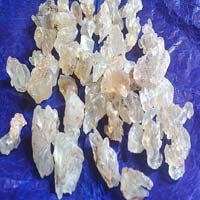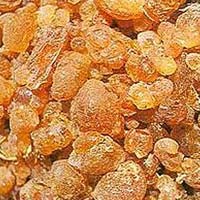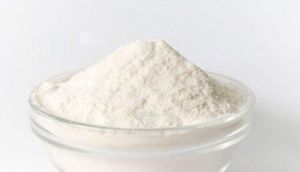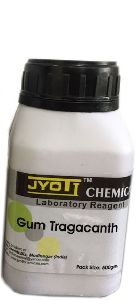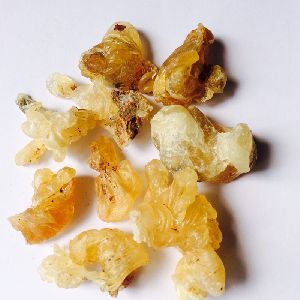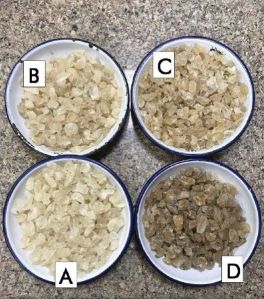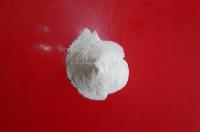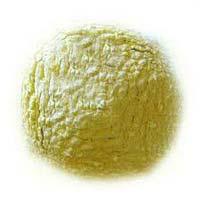Listing ID #3482620
Company Information
Ask for more detail from the seller
Contact SupplierTragacanth is a kind of natural gum extracted from several species of Middle Eastern legumes of the genus Astragalus, including A. Adscendens, A. Gummifer, A. Brachycalyx, A. Microcephalus, A. Tragacanthus. Some of these species are known collectively under the common names “goat’s thorn” and “locoweed”. The name “TRAGACANTH” comes from the appearance of the exuded gum, which tends to form ribbons similar in appearance to a goat Thorn (from the Greek “tragos” meaning goat and “akantha” meaning Thorn). The gum is sometimes called shiraz gum, shiraz, gum elect or gum dragon.
The primary source of gum tragacanth is the desert highlands of northern and western Iran, particularly the Zagros Mountains region. Iran is the largest producer of best quality Tragacanth gum. In Iran, the gum is harvested seasonally by making an incision on the upper part of the taproot and collecting the exuding gum. The ribbons of gum are brought to trade centers for processing and exportation.
Uses of Tragacanth Gum:
Properties of Tragacanth Gum:


